As part of the process of prioritizing which Springfield Public School buildings are in most immediate need of renovation and repair, and if a bond issue will be recommended to address it, a community task force reconvened to tour two outdated school buildings, and one that was rebuilt after a 2018 task force prioritized it.
About half of the members were part of the 2018 process that led to a vote on a $168 million bond, approved by voters in 2019. Last week, the group ended its tour at the future home of Jarrett Middle School, one of the few schools targeted in the 2018 process that has not yet been completed. On Tuesday, they began their tour at a finished product, Delaware Elementary School.
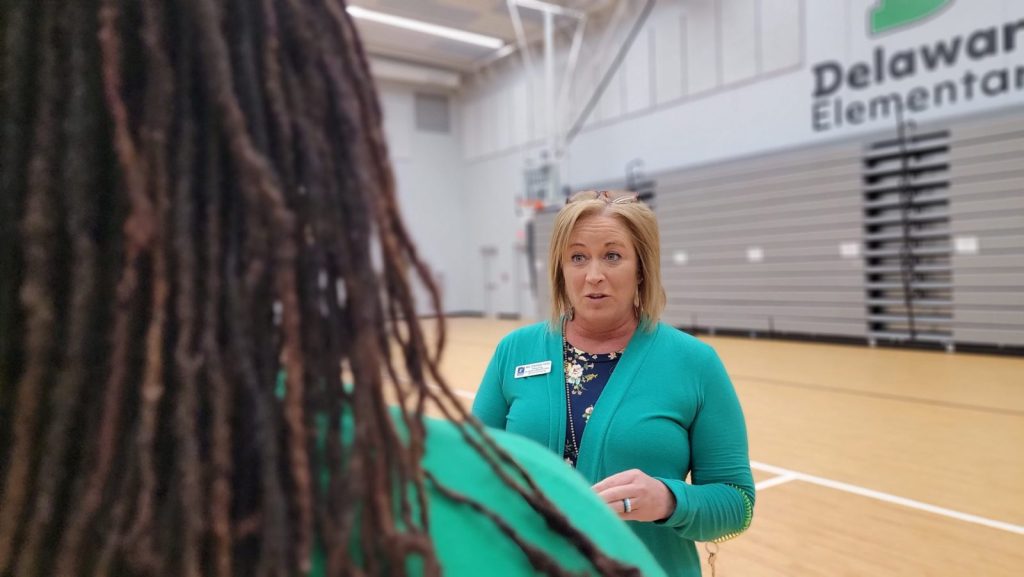
‘I’m so incredibly proud of this building'
At the conclusion of a brief introduction by principal Stephanie Young to Delaware Elementary School, which houses the highest percentage of students with special needs in the district, SPS school board member Steve Makoski asked her how many diapers the staff changes every day. He knew the answer already, and also knew that the task force members would find it illuminating.
“Let’s say on any given day, we change about 150 diapers,” Young said. “And that’s not including students in our early childhood program.”
The original Delaware Elementary, built in 1951 and added onto twice during its existence, was not in any way designed to address the reality of caring for students with special needs. Young said one room was dedicated to changing students. It meant that some students needed to be transported from one end of the school to another during an experience she described as a sensory issue for children. It was also where the construction paper and other school supplies were stored. There was usually a line at the door, Young said.
The new Delaware Elementary School opened in 2020, and the school’s staff provided input in its design, including its changing spaces. Side-by-side special education classrooms have a shared bathroom that Young said serves multiple purposes. It allows an educator to knock on the door of the other classroom in case they need help, and it eliminates the need to transport students from a point A to a point B.
“I'm so incredibly proud of this building,” Young said at the outset of the tour. “We had the opportunity to be on the design and on the design meetings from the beginning, because it was really important that we had the chance to design a building that met the needs of all of our learners.”
During the tour, she pointed out other elements of intentional design that the new school offers its students. At the old school, she said, they affectionately referred to the space where kids ate, exercised and played music as the “cafegymatorium.” At the new school, each activity has breathing room. In classrooms, a sensory lighting panel allows teachers to adjust the lighting temperature of the room. In each pod — an area of the school dedicated to one grade with learning spaces built inside and outside of classrooms — angled panels on the ceiling allow in natural light. So do the wall-length glass windows overlooking the playground.
“One of the things that we wanted to do in designing this building was to bring in as much natural lighting as possible,” Young said. “One of the things that we know about students with disabilities is that artificial lighting, fluorescent lighting can be just horrible for their brains, and it causes a lot of behaviors and anxieties and things like that.”
Mike Brothers, who was a member of the task force that prioritized the Delaware rebuild, said that touring the school affirmed the decisions the original group made and the importance of getting it right this time.

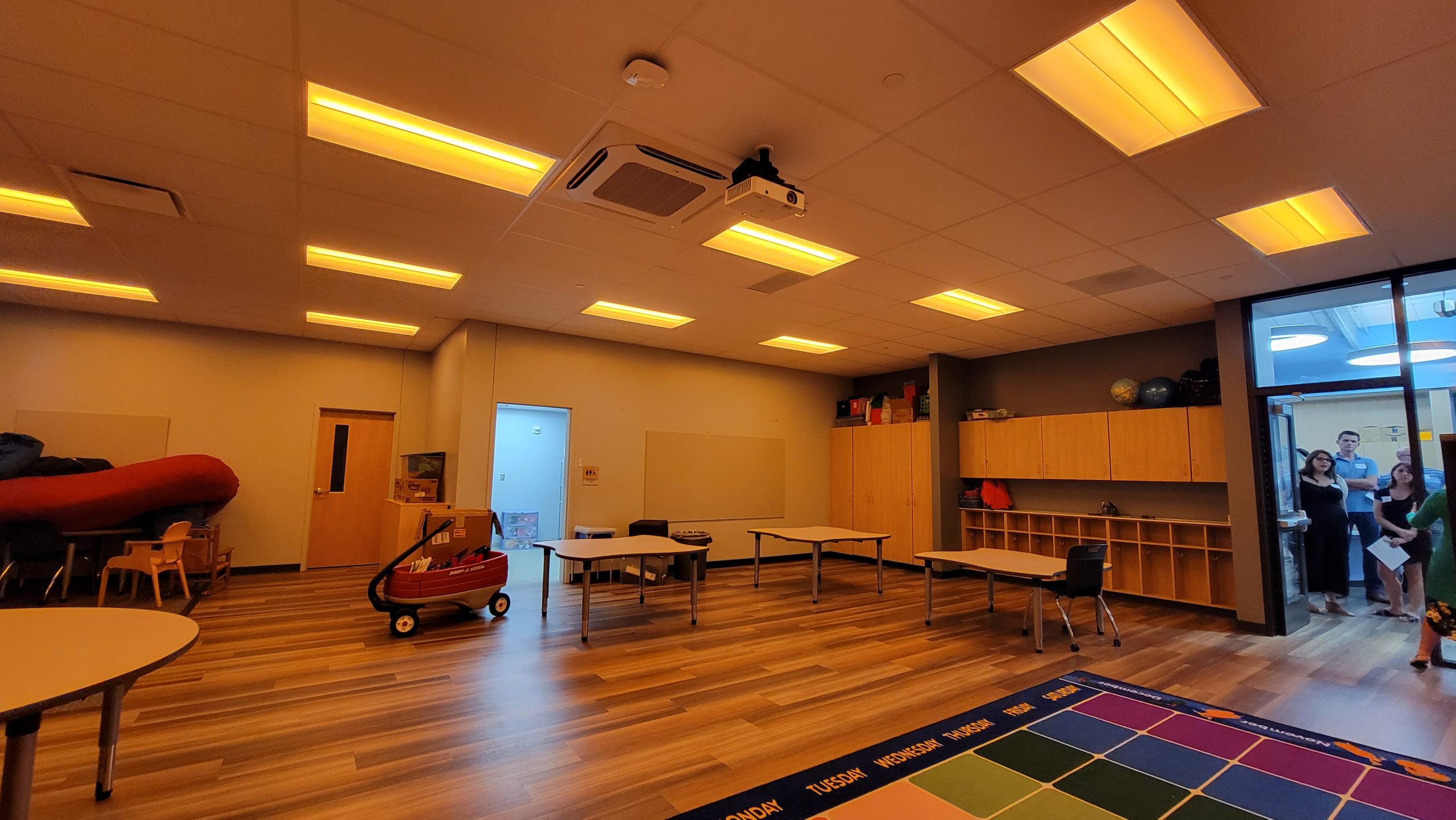
At Pershing K-8, size of student body, limits of cafeteria, mean some lunches begin at about 1:45 p.m.
About 160 elementary school students attended Pershing K-8 School last year. And about 750 middle school students were in the building with them. While there is an elementary side and a middle school side to Pershing, the design means the different age groups commingle more often than intended, said Jason Steingraber, who was the school principal last year before becoming executive director of SPS elementary schools.
The hallways are about 11 feet wide, and Sophia Leonard, a rising senior at Central High School, said she couldn’t stop thinking about how that many students navigated that small space during the pandemic.

Space constraints also mean that lunch breaks are spaced out over a three-hour window, Steingraber said. Eighth graders started their lunch, he said, at about 1:45 p.m.
Later, Leonard asked Steingraber if there had ever been any discussions about splitting up the elementary and middle school programs and rerouting elementary students to the five feeder schools that help populate Pershing’s middle school classes. Steingraber looked over at the SPS administrative liaisons.
“How blunt can I be?” he asked.
“Very,” said school board member Shurita Thomas-Tate.
“I've heard that conversation,” he said. “When I was at Wilder (Elementary, one of Pershing’s five feeder schools), I had that conversation of, ‘Hey, what if we redistricted and there are some students (transferred) to Wilder?' I was like, ‘Let's do it.' But it was never done. I don’t know the reasons behind that.”
Cheryl Clay, a two-time task force member, suggested that Pershing Elementary parents don’t want to bus their kids out of the neighborhood.
Asked by Brothers if he would split up the two groups if given a magic wand to do it, Steingraber said, “Absolutely.”
At Robberson Community, ‘It’s like we’re in the haunted manor at Silver Dollar City'
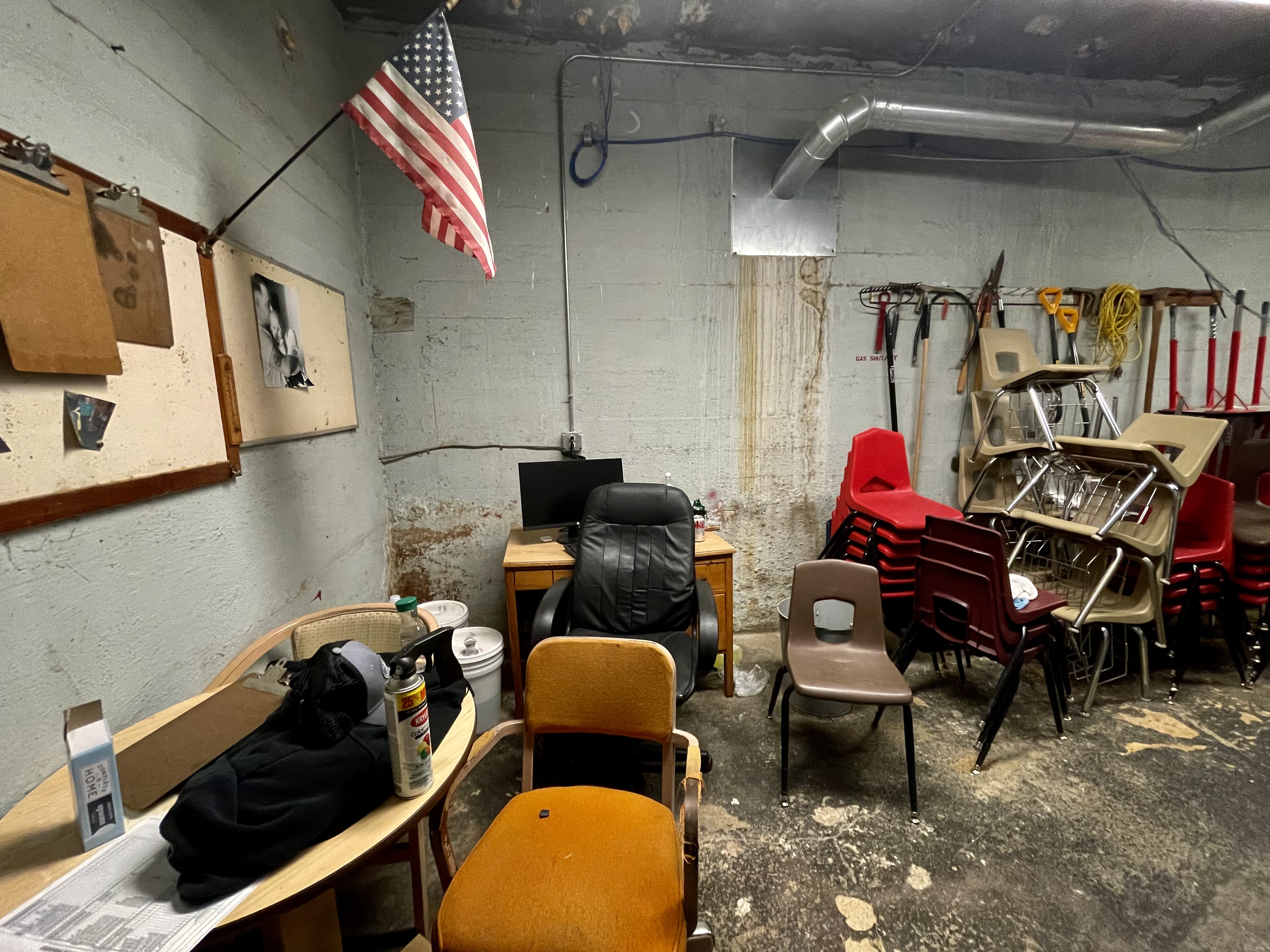
Built in 1905 and added onto four times since then, Robberson Community School offers as unique a floor plan as it does a curriculum. And the faculty use every space the modified year-round school offers, said Brad Owings, Robberson’s principal.
Robberson still has a cafegymatorium, a term Owings used without prompting from the task force members who’d heard it at Delaware. The speech therapy room was tucked in a space little bigger than a storage closet. The sight of it stopped Thomas-Tate, a communication sciences and disorders professor at Missouri State University, in her tracks.
Asked to evaluate the space from her professional perspective, she replied, “That’s not good.”
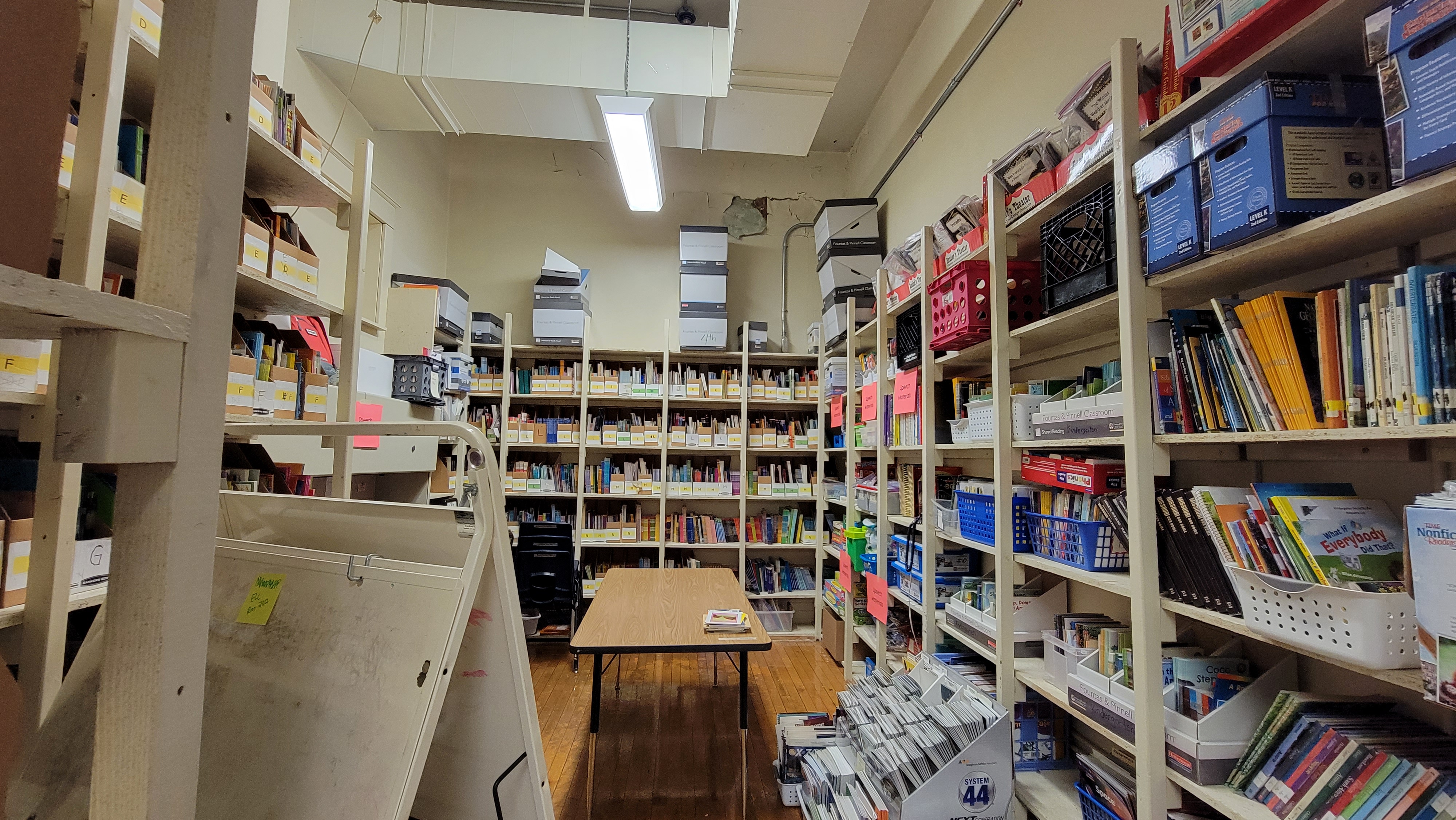
Across both Pershing and Robberson, Thomas-Tate and task force members cataloged numerous accessibility issues. Robberson is entirely off-limits to people who use wheelchairs, as it does not have an elevator. Travis Shaw, Springfield Public Schools executive director of operations, said when a student breaks a bone mid-year that requires crutches, they have to transfer to a different school.
Located in north Springfield across Kearney Street from the Hiland Dairy plant, Owings said the school is a frequent target of vandals. A green streak of spray paint greeted task force members who walked downstairs toward a set of doors that faced Kearney Street. Owings said that someone had broken in, tagged the wall and left.
None of this prepared some of the members for what they saw in the school’s basement.
“This is where the custodian keeps his office,” Owings said as he led the group down a dark set of stairs. He pointed out a coal chute before directing attention to a desktop computer situated behind excess furniture supplies in a weathered room. The group navigated through the basement toward a shared staff bathroom that doubled as the school lost and found.
“It’s like we’re in the haunted manor at Silver Dollar City,” Leonard said as she turned a corner in the basement.
“I’m speechless,” Jerome Bledsoe, a task force member, said later.
Tours behind them, next phase of process begins in two weeks
For a few minutes after the group returned from the tour to the Community Foundation of the Ozarks, they shared their observations about the schools they visited, and discussed issues that will be revisited over the coming months.
“I don't know how many of you follow the test scores, but Robberson school outdoes Fremont by tons,” said Carl Herd, a retired educator. “Twenty-first-century school, so what does that say?”
Brothers said that, if the task force recommends another bond issue be put before voters to address school buildings, the Springfield community will ask for quantitative evidence to show there is an academic achievement benefit. Brothers asked that there be a qualitative component too — the voices of teachers who work in new and outdated buildings alike.
Brandy Harris, CEO of Boys and Girls Club of Springfield, said that, along with the notes she took about the buildings during the tour, she saw in classrooms that “pour everything they can” into their schools, no matter the condition.
“One thing that really resonated with me is that teachers literally do whatever it takes to make sure that kids are learning, and that kids are experiencing the best possible environment,” Harris said. “I bet a lot of those kids at Robberson — we serve a lot of them at Boys and Girls Club — they probably don't know what a Delaware even looks like. This is what they've grown up with, and I just think they deserve better.”
Those discussions will get more time to develop in future meetings. The tour bus portion of the task force has concluded, and the group will meet again in two weeks.
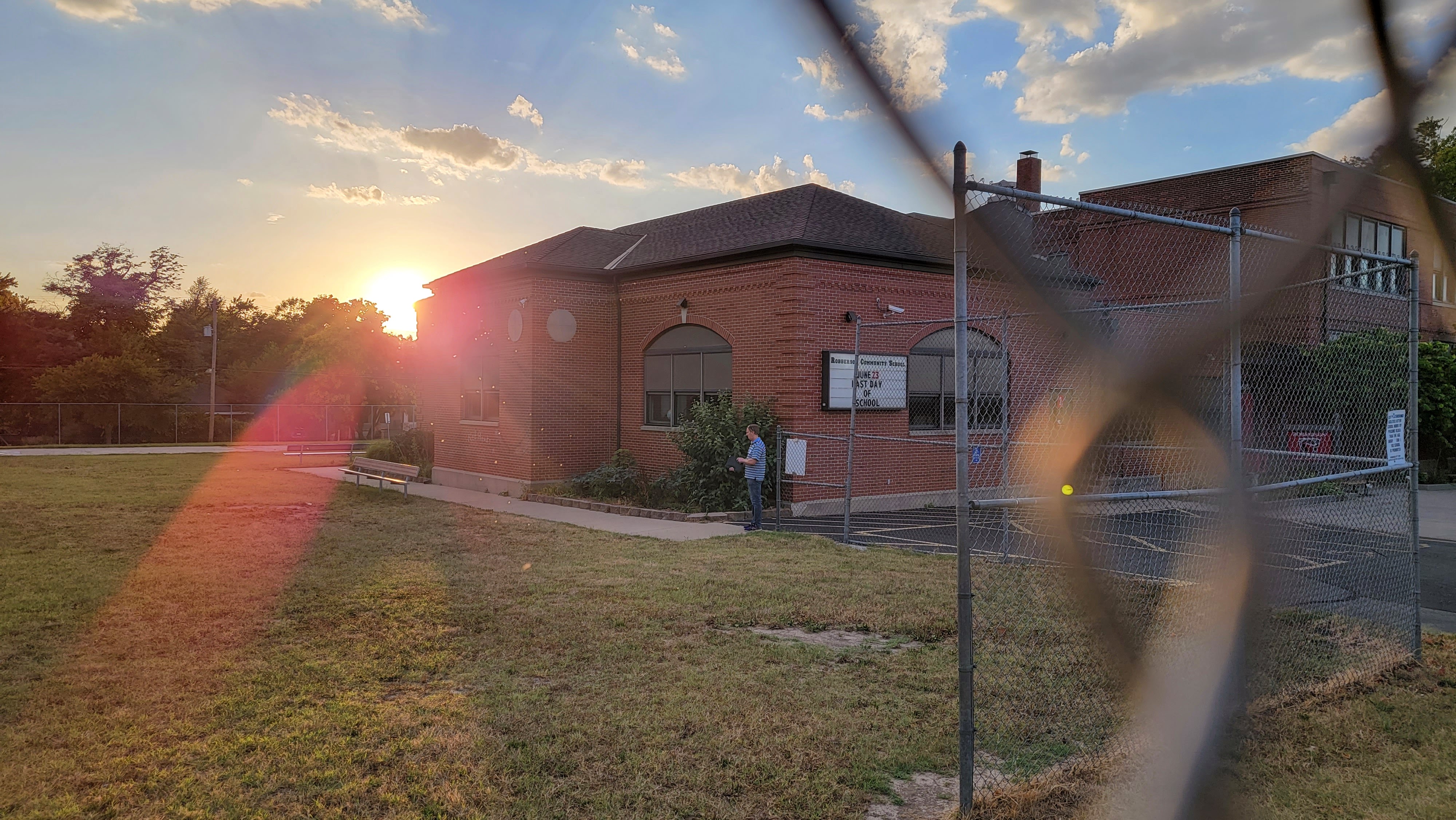
Community Task Force on Facilities - Phase 2 Members
Mike Brothers*, public relations manager, Forvis
Cheryl Lee Clay*, former NAACP Springfield president, community volunteer
Tyler Creach, CFO, Alliance Capital Investors
Rich Dameron*, Coordinator of Site Interventions, Hillcrest High School
Janet Dankert, CEO, Springfield Partnership of the Ozarks
Bridget Dierks (task force co-chair), vice president of programs, Community Foundation of the Ozarks
Mark Dixon*, Bartley-Decatur Neighborhood Center president
Melanie Donnell*, educator
Craig Edwards*, director of development, Bryan Properties
Jim Farrell*, Springfield Public Schools police chief
Emily Givens
Margo Griffith*, educator
Josh Groves*, educator
David Hall (task force co-chair), director of safety, Missouri State University
Brandy Harris, CEO, Boys & Girls Clubs of Springfield
Carl Herd, retired educator
Trevor Holt, student
Lincoln Hough, Missouri state senator
Marshall Kinne*, director of compliance, Med-Pay
Sophia Leonard, student
Tom Prater*, eye surgeon
Crystal Quade*, Missouri state representative
Royce Reding, CEO, Nevont
Joy Robertson*, realtor, video producer
Tim Rosenbury, Springfield director of quality of place initiatives
Jacob Ruder, Springfield Council of Better Business executive director
Teresa Simpson, Springfield Ballet instructor
Mark Stratton, U.S. Baseball Park general manager
Beck Volz*, Springfield Council of PTAs
Jeff Wells, civil engineer
Paul Williams*, Springfield police chief
*Denotes returning task force member
Springfield Public Schools board liaisons
Scott Crise
Shurita Thomas-Tate
Steve Makoski
Springfield Public Schools administrative liaisons
John Mulford, SPS deputy superintendent of operations
Travis Shaw, SPS director of operations

